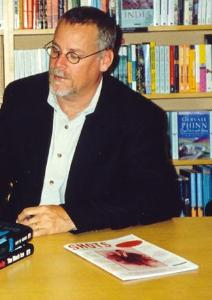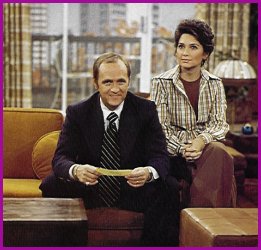(Under age 40? You won't understand.)
(COURTESY: Ken Honeyman, a valued reader)
You could hardly see for all the snow,
Spread the rabbit ears as far as they go.
Pull a chair up to the TV set,
"Good Night, David. Good Night, Chet."
Depending on the channel you tuned,
You got Rob and Laura - or Ward and June.
It felt so good. It felt so right.
I Love Lucy, The Real McCoys,
Dennis the Menace, the Cleaver boys,
Rawhide, Gunsmoke, Wagon Train,
Superman, Jimmy and Lois Lane.
Father Knows Best, Patty Duke,
Rin Tin Tin and Lassie too,
Donna Reed on Thursday night! --
Life looked better in black and white.
I wanna go back to black and white.
Everything always turned out right.
Simple people, simple lives...
Good guys always won the fights.
Now nothing is the way it seems,
In living color on the TV screen.
Too many murders, too many fights,
I wanna go back to black and white.
In God they trusted, alone in bed, they slept,
A promise made was a promise kept.
They never cussed or broke their vows.
They'd never make the network now.
But if I could, I'd rather be
In a TV town in '53.
It felt so good. It felt so right.
Life looked better in black and white.
I'd trade all the channels on the satellite,
If I could just turn back the clock tonight
To when everybody knew wrong from right.
Life was better in black and white!

